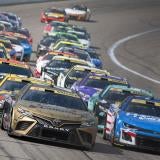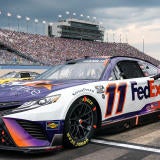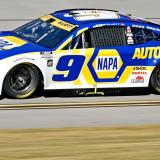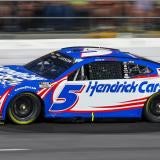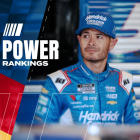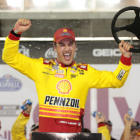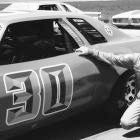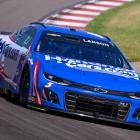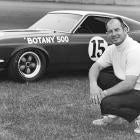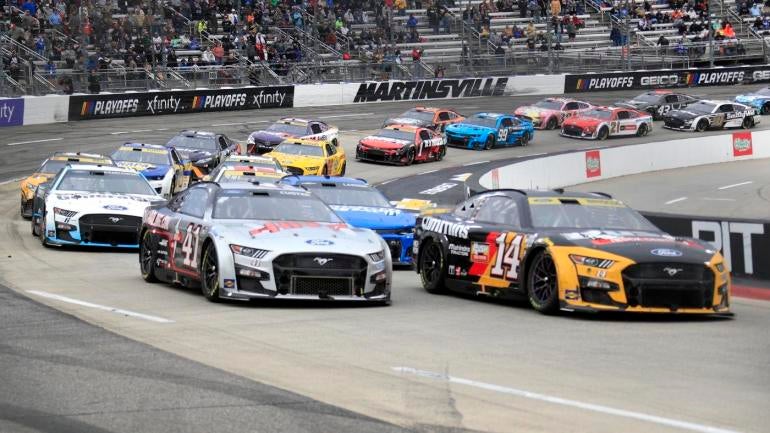
A new aerodynamic rules package is coming to Cup Series cars on most tracks a mile or less in length as well as all road courses just a few weeks into the new season, NASCAR announced. The new package will slightly modify the Next Gen car to create a significant reduction in downforce with the goal of improving the quality of racing on these tracks.
The changes include a reduction in spoiler height from four to two inches and several tweaks to the underside of the car, including the removal of three diffuser strakes and engine panel strakes as well as a trimming to the diffuser's outer fencing. These changes, which were tested at Phoenix Raceway in January, will create what is estimated to be a 30% reduction in downforce.
While the debut of the Next Gen car in 2022 saw significant improvements to the quality of racing on intermediate ovals, fans and competitors alike found that the car did not put on as exciting of racing on short tracks or road courses. Drivers complained of "dirty air" -- excess turbulence created by the wake of air from another car -- slowing their ability to pull up, make passes, or even make contact with the rear bumper of other cars. As a result, several short track races lacked the sort of action or high-contact racing they had previously been known for, most notably a springtime Martinsville race that featured virtually no on-track passes for the lead and only a single caution for a crash.
The reduction in downforce implemented by NASCAR should make it easier for drivers to get close enough to another car to pass or make contact with them. The new rules package will debut next week in Phoenix and then will be utilized at all tracks a mile and under where wet weather equipment will be mandated: The Charlotte Motor Speedway Roval, Chicago Street Course, Circuit of the Americas, the Indianapolis Motor Speedway Road Course, Martinsville Speedway, New Hampshire Motor Speedway, North Wilkesboro Speedway, Richmond Raceway, Sonoma Raceway and Watkins Glen International.
"We'd seen such great racing at the intermediates," Dr. Eric Jacuzzi, NASCAR Vice President of Vehicle Performance, told NASCAR.com, "and then the road courses and the short tracks lacked some of the action we expected. And the comments from the drivers about how good the brakes are and how much grip the tire has, it's fantastic but we do rely on, from our side, drivers making mistakes and things like that."
In order to ensure that race teams have an adequate amount of time to get acquainted with the new rules package, next weekend will see an extended amount of practice at Phoenix starting with a 50-minute practice session on Friday.





